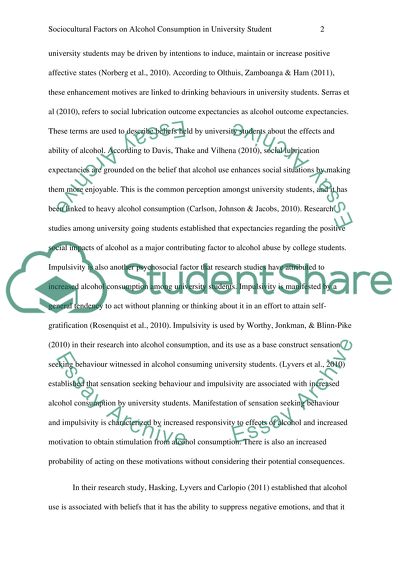Cite this document
(“Sociocultural Factors on Alcohol Consumption in University Students Essay”, n.d.)
Sociocultural Factors on Alcohol Consumption in University Students Essay. Retrieved from https://studentshare.org/psychology/1498068-sociocultural-factors-on-alcohol-consumption-in-university-students
Sociocultural Factors on Alcohol Consumption in University Students Essay. Retrieved from https://studentshare.org/psychology/1498068-sociocultural-factors-on-alcohol-consumption-in-university-students
(Sociocultural Factors on Alcohol Consumption in University Students Essay)
Sociocultural Factors on Alcohol Consumption in University Students Essay. https://studentshare.org/psychology/1498068-sociocultural-factors-on-alcohol-consumption-in-university-students.
Sociocultural Factors on Alcohol Consumption in University Students Essay. https://studentshare.org/psychology/1498068-sociocultural-factors-on-alcohol-consumption-in-university-students.
“Sociocultural Factors on Alcohol Consumption in University Students Essay”, n.d. https://studentshare.org/psychology/1498068-sociocultural-factors-on-alcohol-consumption-in-university-students.


